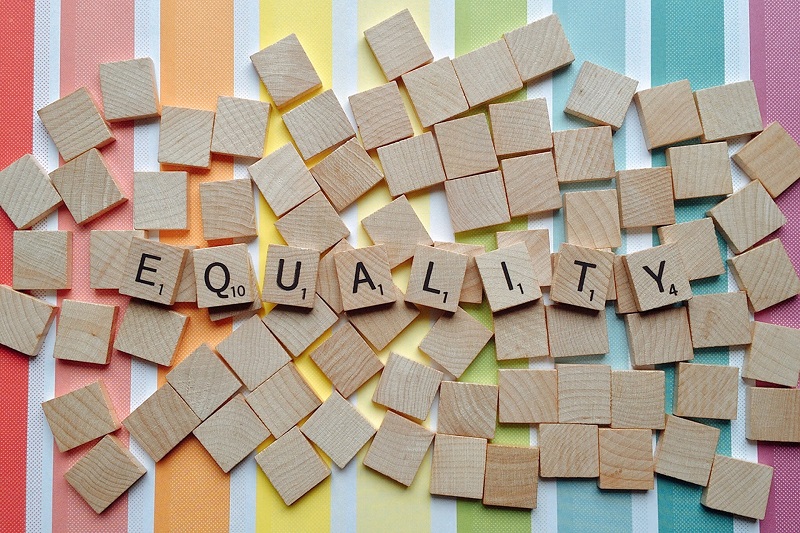Note that your final mark will not be saved in the system.
3.1.3.2 Impact of sport on society and of society on sport (sociological theory) Typeit
Type the correct answers into the spaces. Fill all the spaces before clicking ‘Check Answers!’

Society comprises the collection of individuals that live together in a community. The opportunity to engage in physical activity is heavily influenced by a range of social factors that affect different social groups in different ways. Below are some of the key terms used in the social study of sport and the impact they have on equal opportunities.
: the learning of, and conformation to, the values of a social group |
|
| Social processes: how an individual perceives society over time as a result of repeated social interactions |
These social processes can result in the development of that act as barriers to sport participation, due to the way that the environment has led some people to believe that certain roles and sports are reserved for specific groups of people. |
Social issues: a widespread dispute which receives controversial views from a large proportion of society | Social issues arise from social inequalities that affect engagement of certain social groups in certain activities. Social inequality can be seen as a form of . Common causes of social inequality are:
These can lead to a number of consequences:
|
Social structures: the of groups in society based on a hierarchy of social status | Social structures can also act as a form of discrimination where those at the bottom of the hierarchy encounter to sporting participation that are absent in those at the top of the hierarchy. The result is a lower participation in sport in social groups most at risk, such as disadvantaged groups (e.g. those with a low socio-economic status), people with disabilities, minorities and women. Social structures are evident in certain 'members only' sports clubs and in education, where the quality and availability of sports facilities are greater in fee-charging schools compared to state schools, where use of natural resources or hiring out of external facilities is a more common feature. |
Social theory is an interactionist approach, where the formation and maintenance of society is dependent upon social interaction. It suggests that the development of sports is a result of the shared of those within the same social circle. It is these relationships that lead to the adaptable nature of sport, allowing society to have a positive impact by creating valued meanings and forming positive behavioural characteristics within a group.